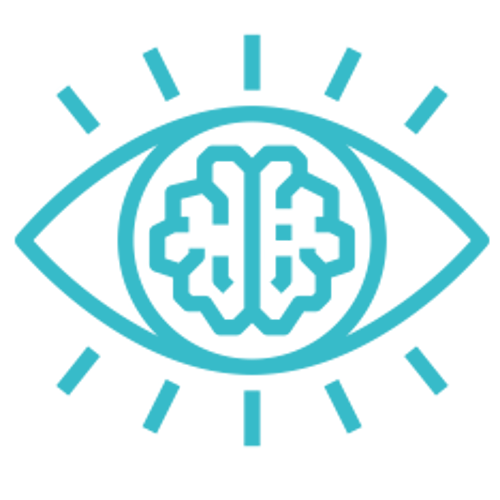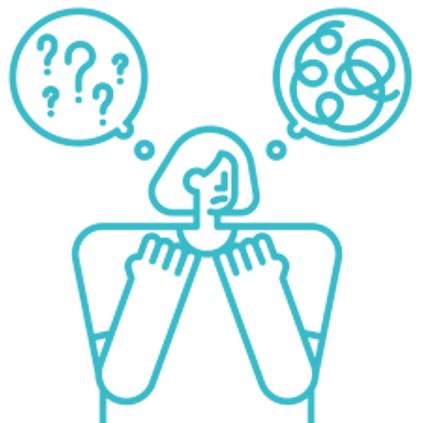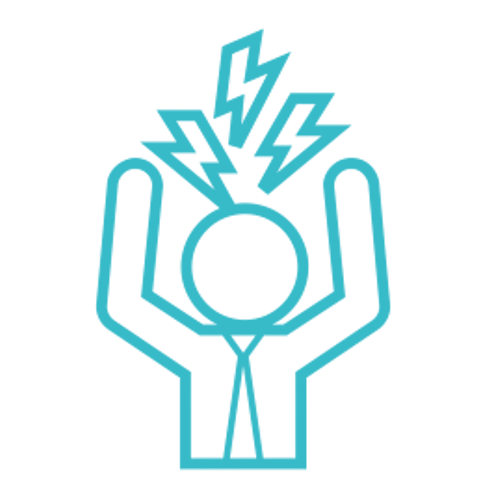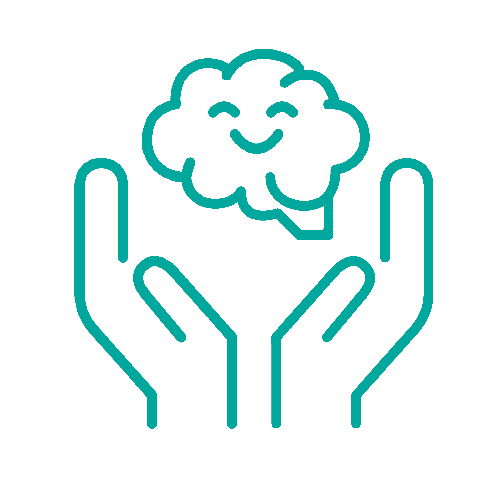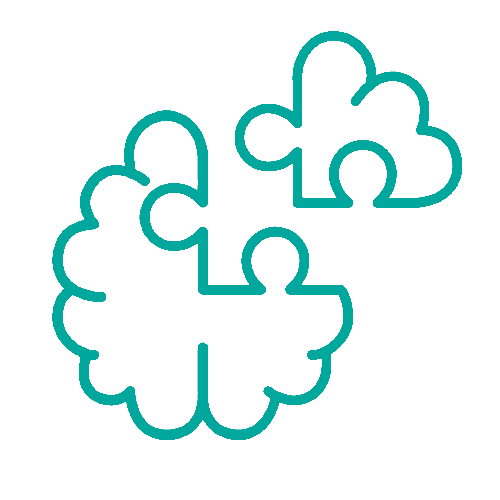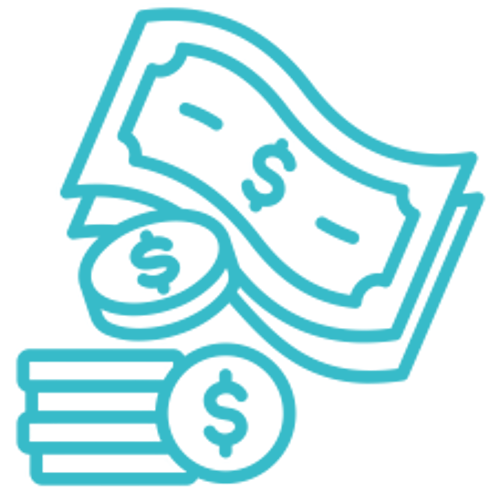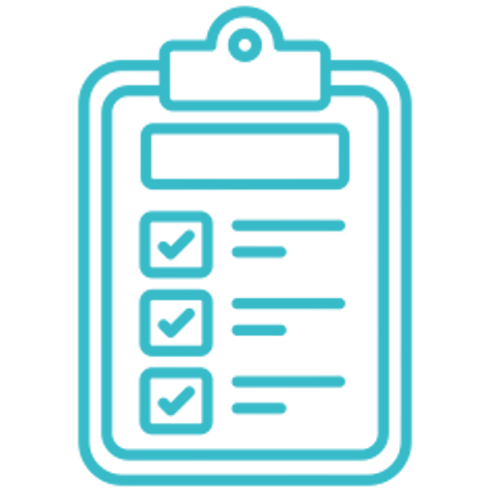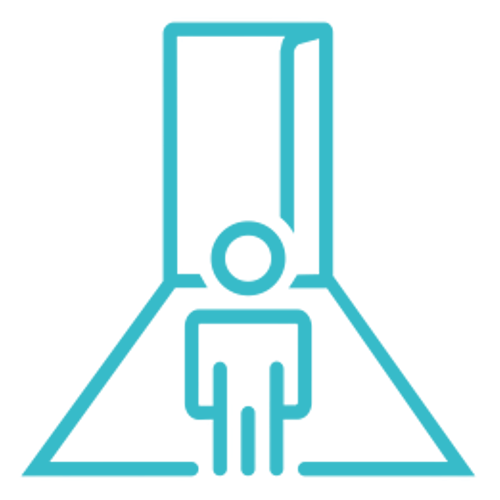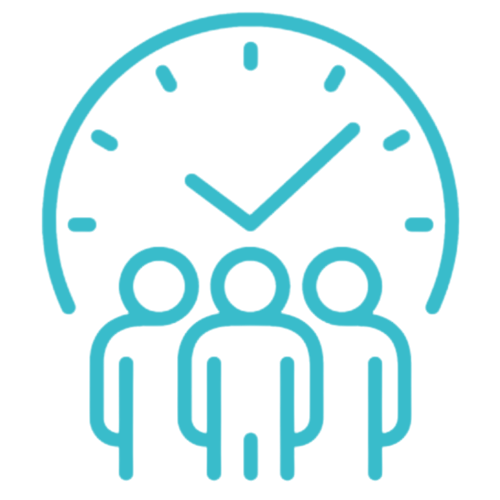In the world of ADHD management, finding effective strategies can feel like navigating a labyrinth. But fear not, fellow overachievers! Applied Behavior Analysis (ABA) ADHD emerges as a guiding light, offering tailored plans to steer through the challenges. In this blog, we explore how ABA strategies can craft behavior plans specifically designed to tackle ADHD.
What is ABA?
ABA, or Applied Behavior Analysis strategies, is a therapeutic approach based on the science of learning and behavior. It focuses on understanding how behavior is influenced by the environment and employs techniques to promote positive behaviors while reducing unwanted ones. ABA is widely recognized as an effective intervention for individuals with autism spectrum disorder (ASD), but it is also utilized in various other settings, including education, healthcare, and business.
Applied behavior analysis strategies conduct detailed assessments to identify specific behaviors and their underlying causes. They then develop individualized intervention plans based on these assessments, using evidence-based strategies to teach new skills, modify behaviors, and improve overall functioning. These strategies may include positive reinforcement, prompting and fading, shaping, task analysis, and systematic desensitization, among others.
ABA therapy for ADHD interventions are often implemented in structured settings, such as clinics, schools, or homes, and involve consistent monitoring and data collection to track progress and make adjustments as needed. The ultimate goal of ABA is to enhance the individual’s quality of life by promoting independence, social skills, communication, academic success, and adaptive behaviors.
What is ADHD?
ADHD stands for Attention Deficit Hyperactivity Disorder. It’s a neurodevelopmental disorder characterized by persistent patterns of inattention, impulsivity, and hyperactivity that interfere with daily functioning and development. ADHD typically begins in childhood and can persist into adolescence and adulthood. Children suffering from ADHD can go for ABA therapy for ADHD that can help them to get rid off it.
Three Main Subtypes of ADHD:
- Predominantly Inattentive Presentation: Individuals with this subtype primarily struggle with maintaining attention, organizing tasks, following through on instructions, and staying focused on activities.
- Predominantly Hyperactive-Impulsive Presentation: This subtype is characterized by excessive motor activity, impulsivity, and difficulty waiting turns or remaining seated.
- Combined Presentation: Individuals with this subtype exhibit symptoms of both inattention and hyperactivity-impulsivity.
Understanding ABA and ADHD
Applied Behavior Analysis (ABA) isn’t just a buzzword; it’s a game-changer. At its core, ABA focuses on understanding applied behavioral advancements and how it’s influenced by the environment. When it comes to ADHD, this approach becomes invaluable. ADHD isn’t just about attention; it’s about behavior patterns, impulsivity, and executive function challenges. ABA zeroes in on these nuances, paving the way for personalized interventions.
Crafting Behavior Plans for ADHD
So, what does an ABA-inspired behavior plan for ADHD look like? Picture it as a roadmap, tailored to fit the unique needs of each individual. It starts with a thorough assessment, identifying specific behaviors and triggers. From there, ABA specialists work their magic, devising strategies to promote positive behaviors while minimizing the impact of ADHD-related challenges.
Applied Behavioral Advancements: Strategies in Action
Let’s get practical. Here are some Applied Behavioral Analysis strategies that shine in the realm of ADHD management:
Token Economy Systems
Token economy systems operate on the principle of positive reinforcement, leveraging rewards to encourage desired behaviors. Imagine a scenario where a child with ADHD struggles with completing homework assignments. By implementing a token economy system, the child earns tokens or points for each completed task. These tokens can then be exchanged for rewards, such as screen time, a favorite snack, or extra playtime. This system not only provides immediate reinforcement but also fosters a sense of accomplishment and motivation to engage in desired behaviors consistently.
Task Analysis
Task analysis is a fundamental tool in the ABA toolkit, particularly beneficial for individuals with ADHD who may struggle with organization and task management. Suppose a teenager with ADHD is tasked with cleaning their room. Instead of presenting the chore as one overwhelming task, ABA therapy for ADHD employs task analysis to break it down into smaller, more manageable steps. These steps might include gathering dirty laundry, organizing books and toys, and making the bed. By breaking the task into bite-sized components, individuals with ADHD can approach it more systematically, reducing feelings of overwhelm and increasing the likelihood of successful completion.
Behavioral Contracts:
Clear expectations and accountability are crucial for individuals with ADHD to thrive. Applied Behavioral Advancements provide a structured framework for defining desired behaviors, consequences for both adherence and non-compliance, and rewards for meeting agreed-upon goals. For instance, a behavioral contract between a parent and a child with ADHD might outline expectations regarding homework completion, household chores, and respectful behavior. By establishing clear guidelines and consequences, behavioral contracts promote responsibility and self-regulation while minimizing misunderstandings and conflicts.
Visual Supports:
Visual supports play a pivotal role in aiding individuals with ADHD in organizing their environment, managing time, and staying on task. Visual schedules, for example, offer a visual representation of daily routines, outlining activities and their sequence using pictures, symbols, or written words. This visual roadmap helps individuals with ADHD anticipate transitions, stay focused, and maintain a sense of structure throughout the day. Similarly, behavior charts track progress towards specific goals, providing a visual reinforcement of positive behaviors and prompting self-reflection and accountability.
Take the first step towards managing ADHD symptoms and achieving your goals by reaching out for support today.
Utilizing Applied Behavior Analysis (ABA) for ADHD management offers a structured and evidence-based approach to address symptoms and improve functioning. If you’re considering ABA therapy for ADHD and seeking support, therapy can provide valuable guidance and resources. Here’s how to get started:
- Schedule a Consultation: Reach out to Uncover Mental Health Counseling to start a conversation about ABA therapy for ADHD. Our compassionate therapists offer a safe and supportive space where you can explore your options and concerns.
- Connect with a NYC ADHD Therapist: Our team includes experienced therapists who specialize in ABA therapy and offer treatment plans for ADHD. We’ll match you with a therapist who can offer personalized support tailored to your unique needs and goals.
- Begin Your ADHD Therapy Journey: Together with your therapist, you’ll explore the principles of ABA therapy for ADHDand how they can be applied to manage ADHD symptoms. Through structured interventions, behavior modification techniques, and skill-building exercises, therapy can empower you to develop strategies for self-regulation, improve attention and focus, and enhance overall functioning.

